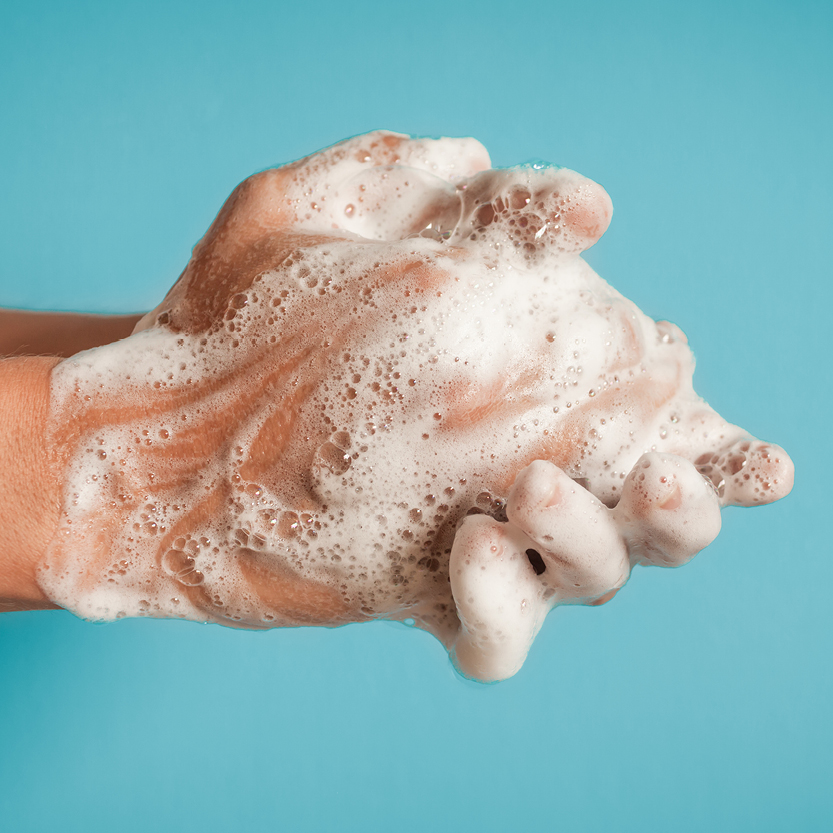Handwashing Helps Prevent Spread of Infectious Diseases
Personal hygiene begins and ends with your hands
With RSV, flu, COVID-19, and other illnesses on the rise again, it is important to be properly washing your hands at the correct times to prevent sickness. The Centers for Disease Control and Prevention (CDC) call hand washing “a do-it-yourself vaccine” and suggest you remember the five steps that have a lot of science behind them.
- Wet hands with clean running water.
- Lather soap to cover the front and back of hands.
- Scrub the backs of your hands, between the fingers, and under the nails.
- Rinse your hands with clean water.
- Dry your hands completely using a clean towel.
Key Times to Wash Hands
As children, we are taught to wash our hands before dinner. It is important to remember that germs don’t care what time of day it is. Clean hands prevent sickness, so it’s important to learn the basics of hand hygiene. According to the CDC, the key times to wash your hands are:
- Before, during, and after preparing food
- Before and after eating food
- Before and after caring for someone at home who is sick with vomiting or diarrhea
- Before and after treating a cut or wound
- After using the toilet
- After changing diapers or cleaning up a child who has used the toilet
- After blowing your nose, coughing, or sneezing
- After touching an animal, animal feed, or animal waste
- After handling pet food or pet treats
- After touching the garbage
Handwashing is only one part of hand hygiene as looking after your skin is important as it is your most effective barrier against infection. After your hands have been dried, you can look after them by applying water-absorbent hand cream and using gloves when washing dishes, gardening, or managing chemicals.
If you become sick or develop skin irritation, consult a doctor.
We are always open and available to discuss your health.

